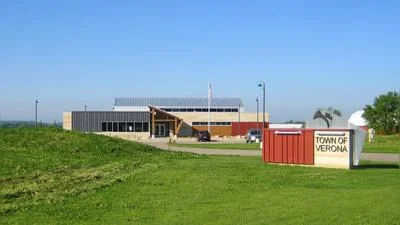Peter D. Newcomer Senior Vice President, Chief Operating Officer, | U. of Wisconsin Hospital and Clinics
Peter D. Newcomer Senior Vice President, Chief Operating Officer, | U. of Wisconsin Hospital and Clinics
UW Health Kids has issued a set of guidelines aimed at ensuring children's safety during the winter months. With cold and snowy conditions prevalent, these reminders are designed to keep families safe both indoors and outdoors.
Rishelle Eithun, the child safety and injury prevention manager at UW Health Kids, emphasized the importance of these measures. "Many of the winter injuries we see are preventable, so these steps may seem simple, but they make all the difference," she stated. "These tips will help kids stay safe at home, on the road and in the snow."
The recommended safety tips, sourced from Safe Kids Worldwide, include wearing warm clothing and having children come indoors periodically to avoid hypothermia or frostbite. Young children should always be under adult supervision. Additionally, it is advised to use sunscreen and maintain hydration even in cold weather.
For indoor safety, it is crucial to have a carbon monoxide detector on every floor of the home, especially near sleeping areas. These detectors should be positioned at least 15 feet away from any fuel-burning appliances. When preparing a baby's crib for sleep, extra stuffed animals or blankets should be avoided; instead, use a firm mattress with a tight-fitting sheet and consider a sleep sack for warmth.
Families are encouraged to practice a home fire escape plan so that children know two ways to exit in case of an emergency. When warming up a car before driving, it's important to move it out of the garage to reduce carbon monoxide risks. Additionally, check that snow does not block the vehicle's tailpipe.
Finally, when securing children in car seats during winter travel, bulky coats can interfere with proper harness fitting. The recommendation is to adjust the harness without the coat first; then place the coat over like a blanket while traveling and put it back on before exiting the vehicle.






 Alerts Sign-up
Alerts Sign-up